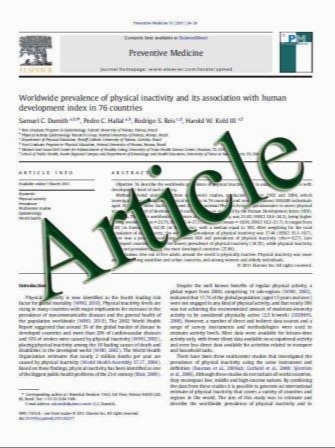Extrafoveal traction in retinal vein occlusion using spectral domain optical coherence tomography
- نوع فایل : کتاب
- زبان : انگلیسی
- مؤلف : Michael R. Martinez & Avinoam Ophir
- چاپ و سال / کشور: 2011
Description
Background To present extrafoveal vitreous traction membranes, and their prevalence and association with diffuse macular oedema in eyes with retinal vein occlusion (RVO), using 3-D spectral-domain optical coherence tomography (SD-OCT). Methods In a retrospective institutional observational study, charts and qualified SD-OCT findings of consecutive patients with either central retinal vein occlusion (CRVO) or branch retinal vein occlusion (BRVO) associated with macular oedema were analyzed. Exclusion criteria covered eyes that had: 1) another retinopathy that could affect the data analysis, 2) vitreoretinal adherence without signs of retinal traction, 3) undergone vitreoretinal surgery, or 4) been treated by intravitreal administration of medication(s). An age-matched control group (n=72) afforded the normal central subfield thickness. Results Twenty-six eyes (of 26 patients) with either CRVO (n=12) or BRVO (n=14) were analyzed. Four eyes were excluded because they had a lack of macular oedema (n= 2), had an earlier pars plana vitrectomy (n=1), or had previous treatment by intravitreal bevacizumab (n=1). Of the 22 remaining eyes, both the SD-OCT B-mode video clip and the 3-D image reconstruction enabled a detection of extrafoveal traction membranes, either unifocally or multifocally, in nine eyes: four (of 11; 36.4 %) in CRVO, and five eyes (of 11; 45.5%) in BRVO. The retinal oedema in these nine eyes, which underlined at least one of the traction sites per eye, and the accompanied subretinal fluid in four of these nine eyes, were in continuum in each eye with the diffuse macular oedema and serous macular detachment respectively. During follow-up, a spontaneous release of a traction membrane coupled with resolution of the macular oedema occurred in one eye with BRVO. Of the four eyes that were excluded, two eyes had extrafoveal vitreous traction membranes. Conclusions The SD-OCT B-mode video clip and its 3-D image reconstruction enabled relatively frequent detection of extrafoveal vitreous traction membranes in RVO and their association with diffuse macula oedema and macular detachment. A larger cohort is required to validate these findings and to compare the efficacy of early release of such traction membranes, either surgically or possibly by pharmacologic vitreolysis, with the current therapeutic modalities.
Graefes Arch Clin Exp Ophthalmol (2011) 249:811–820 DOI 10.1007/s00417-011-1666-0 Received: 15 November 2010 / Revised: 27 January 2011 / Accepted: 3 February 2011 / Published online: 7 April 2011


